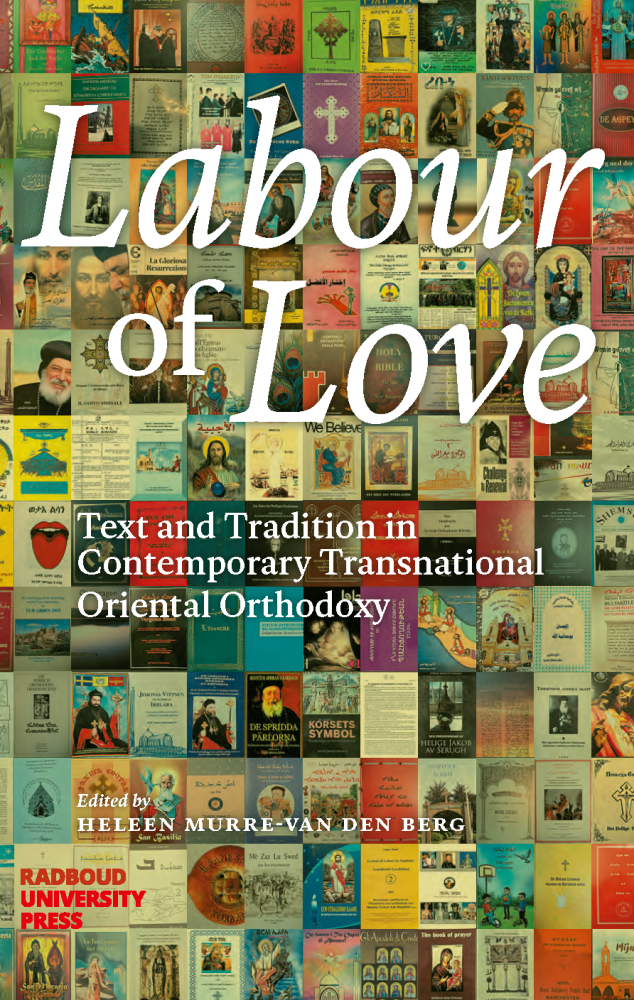Addressing a Global Audience: The Ethiopian Orthodox Textual Tradition in the Context of the Early Ecumenical Movement
Synopsis
This paper examines the frequently neglected role of the Ethiopian Orthodox Tewaḥǝdo Church in the formative years of the modern ecumenical movement. As the first (and for a long time the sole) sub-Saharan African member of the World Council of Churches and the largest Oriental Orthodox Church, the Ethiopian Orthodox Church played a significant role in the pursuit of Christian unity. The paper first reconstructs the history of the Church’s initial involvement in the global ecumenical movement, situating these efforts within a broader historical context. It then focuses on the transformation of the Church’s textual practices as it engaged with a global audience unfamiliar with its traditions. Through a detailed analysis of Blatta Mersea Hazen Wolde Qirqos’s 1949-contribution to The Ecumenical Review, the very first Ethiopian Orthodox text created for a global ecumenical audience, the study examines the manner in which the Ethiopian Orthodox textual tradition adapted to the emerging global ecumenical discourse, thereby elucidating the dynamic interplay between them.
Downloads
Published
License

This work is licensed under a Creative Commons Attribution-NonCommercial-NoDerivatives 4.0 International License.


